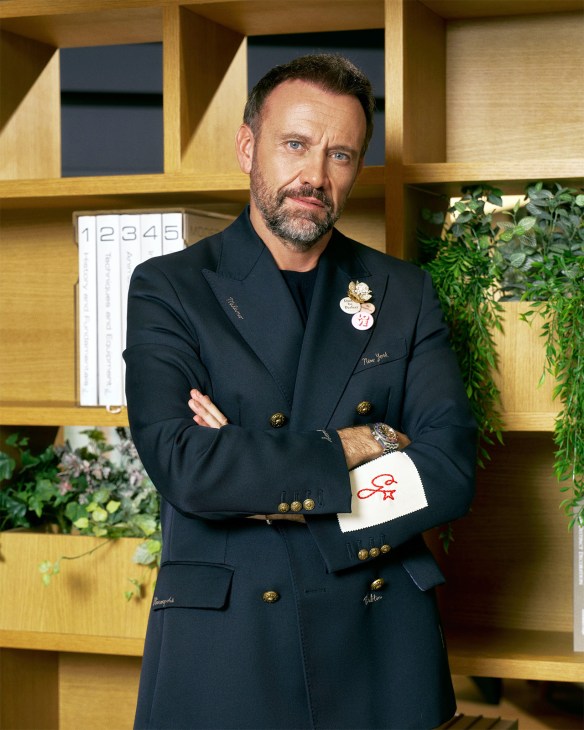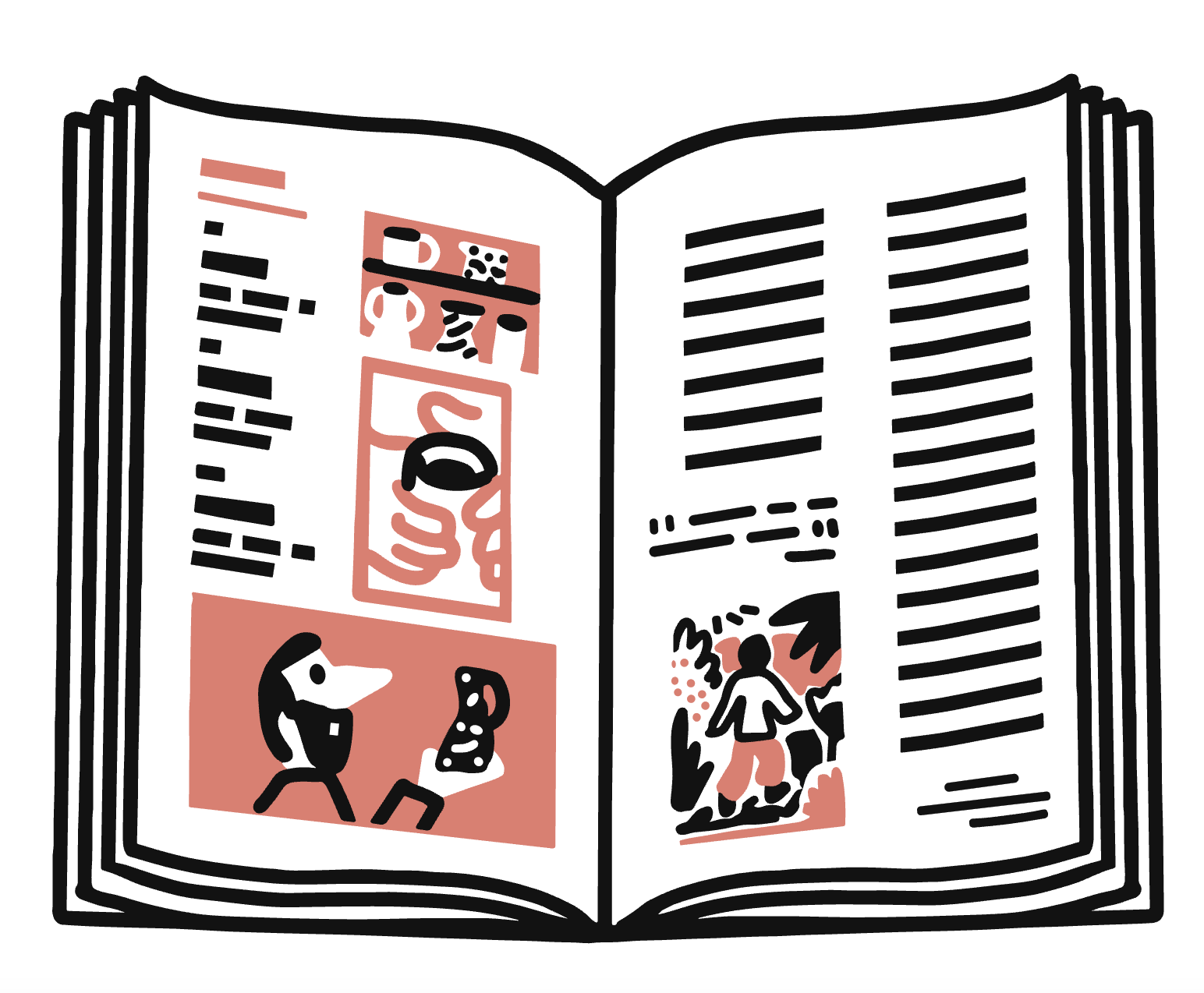How to fall in love with a big brand: Samsung’s first chief design officer is sending a clear message
Mauro Porcini talks customer-first innovation strategies, symbolic cues and embracing AI as a tool – not a threat.
Samsung is the world’s leading seller of both smartphones and TVs. But it doesn’t matter how successful you are – the electronics market is a competitive field. Today’s number one might not remain so tomorrow. In April, the South Korean giant appointed Mauro Porcini as its new chief design officer, a job that had not previously existed at the company. With such a title, could he become to Samsung what Jony Ive was to Apple?
Porcini has held the same role at his two previous companies, 3M and PepsiCo. Speaking to Monocle in New York after Samsung unveiled its latest foldable smartphones and smartwatches, he is dressed in a white open-necked shirt, an understated suit and eye-popping trainers. He’s keen to explain that his new role goes beyond creating chic designs or selecting fun colours for upcoming products.

“It’s about understanding people: what they need and what they want,” says Porcini. “For the company, it’s about understanding the technology, its manufacturing capabilities, branding and business models. From there, we define the innovation strategy of the business – what is Samsung’s portfolio going to be in 10 years?”
Porcini, who was born in Gallarate, Italy, 50 years ago, talks about products having “emotional benefits and semiotic needs”. Semiotics, or the study of signs and symbols along with their use and interpretation, is important to the design executive. He wants to know what buying a certain brand says about a person – what kind of statement does wearing a digital watch over a classic one make to the world about the wearer? You could also say that an Apple, Samsung or Google watch each projects a different image of its user.
When the conversation moves to AI, Porcini seems relaxed. “AI is a tool, right?” he asks. “I studied design at the crossroads between analogue and digital. I started with a pencil and Pantone markers, then suddenly had to learn how to use software. Everything was done with computers and renderings. Many designers thought that they would lose their jobs and machines would take over. Now we realise that human intuition, interpretation, creativity and imagination are still needed.”
Porcini, whose talk of design focuses on what it means to the users of the products, wants more AI in Samsung’s gear. “If you think about the company’s portfolio, the products are with you wherever you go and they can monitor your body wherever you are, even while you sleep.” Porcini is animated – the benefits of this technology for human health seem to be a topic close to his heart. The latest Galaxy Watch, he tells us, has a sensor that can inform you when your antioxidant levels are low (perhaps you need to eat more carrots or kale). In the not-too-distant future, Samsung refrigerators could access this information and not only tell you which food is nearing expiration but also encourage you to choose vegetables over a slice of cake. Alternatively, your TV could remind you to exercise for five minutes before you sit down on the couch. It’s all very impressive but do we want our appliances to mother us? Should an oven count our calories? How will Samsung get the right tone?
“We often say that designers create ‘meaning’ – we don’t design products or brands,” says Porcini. “And different ingredients play into the creation of meaning. You have a sender, a message and a receiver. You have a code, a media, a context and a noise,” he says, explaining the elements meticulously. “Take me talking to you right now: I am the sender and you are the receiver. What we’re talking about is the message and English is the code. My body language, the way that I’m dressed and my Italian accent might be different from someone else and could change the meaning of the message,” says Porcini passionately. “You could do everything right but it won’t work if you have the wrong tone.”
“Samsung is already in people’s lives in many ways,” he says. “Our products clean your floors, dishes and clothes. They preserve your food or entertain and connect you with others. It’s already a caring presence.” And this is what Porcini wants Samsung to be: a business where “high-quality, reliable or innovative” are not its only characteristics but also tangible human values.
But the executive might have his work cut out for him. Can people learn to love a behemoth brand in the same way? “In big corporations, the dilemma is always the same: how can we please everyone while remaining relevant?” he says. “We need to have the courage to speak directly to people with a certain tone and an original point of view. That’s when they will fall in love.”


